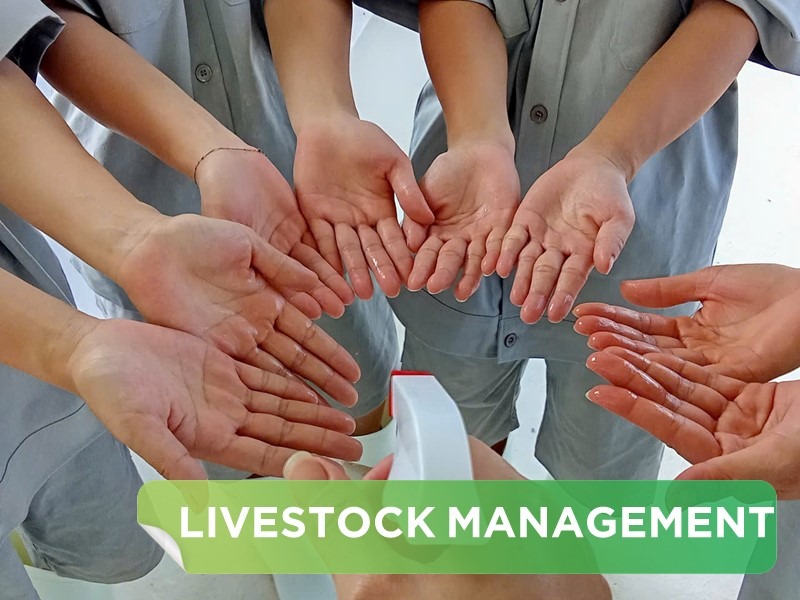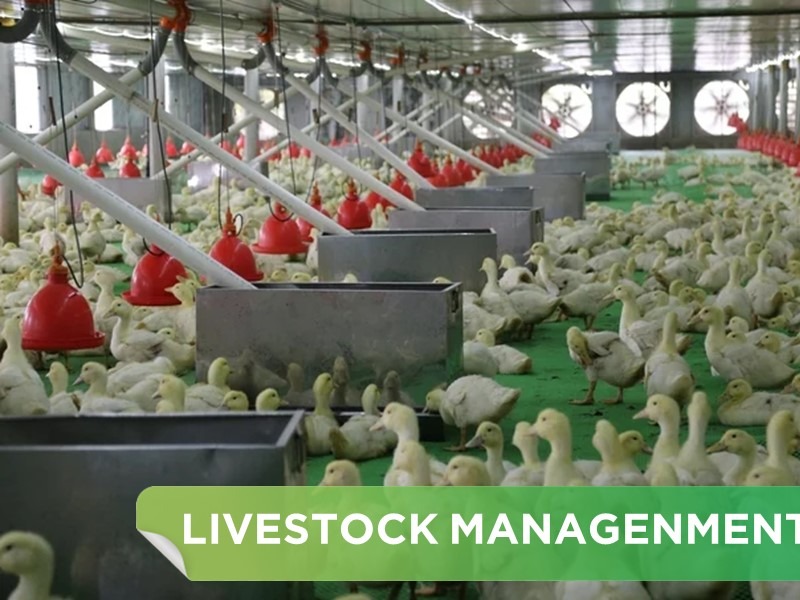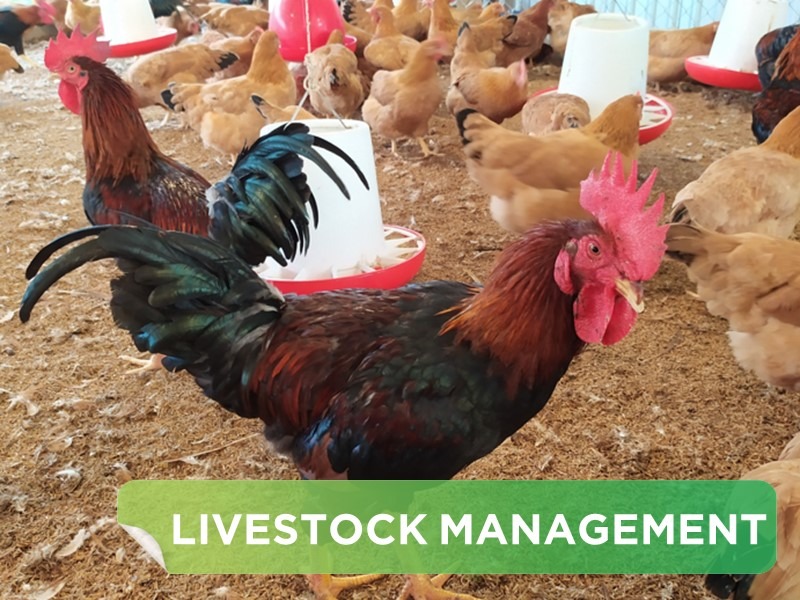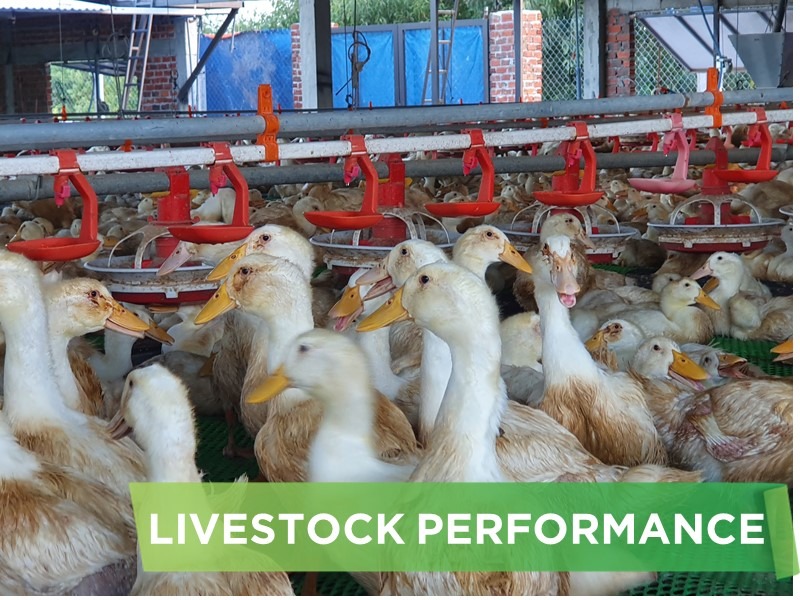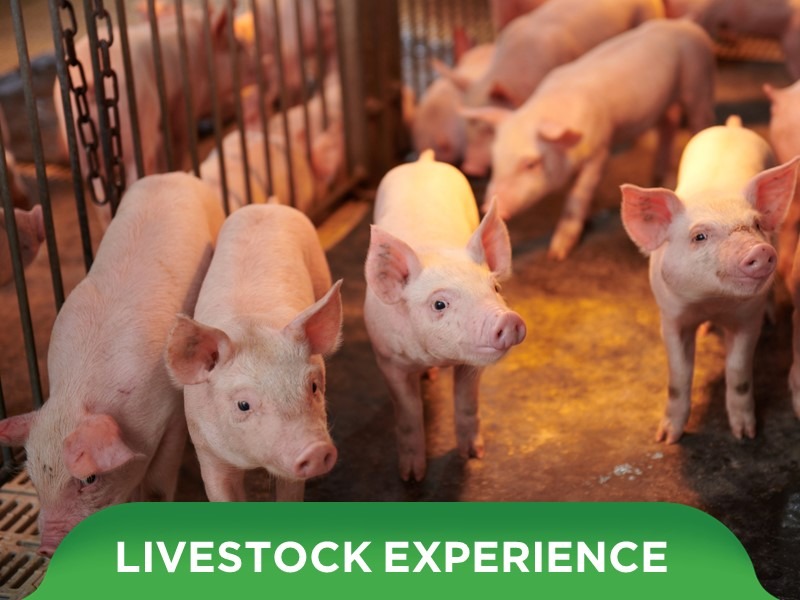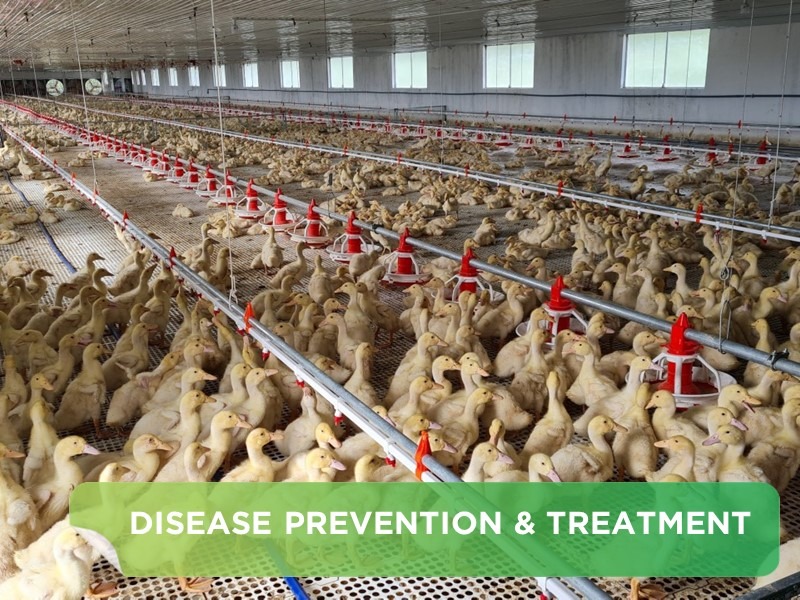In breeding sows, grouping piglets is very important. So, why is it necessary to group pigs? Herd grouping, matching is not only economically significant for farm owners but also manage the pig herd, take care of pig herd evenly and healthily, help newborn piglets not be stunted, or manage the sows with milk insufficiency to nurse their piglets or have poor physical condition.
1. Benefits of grouping pig herds and important notes
In breeding sows, grouping piglets is very important. So, why is it necessary to group pigs? Herd grouping, matching is not only economically significant for farm owners but also manage the pig herd, take care of pig herd evenly and healthily, help newborn piglets not be stunted, or manage the sows with milk insufficiency to nurse their piglets or have poor physical condition.
With current genetic advances in breeding, hyperprolific sows have high reproductive performance; the rate of sows giving many piglets is increasingly common and requires optimal care conditions.
Today, for the piglets, it is necessary to rely on many factors to decide weaning such as the age, weight and feed intake of piglets. In particular, the weight of piglets at weaning has a great influence on the pig's ability to develop later. Therefore, when weaning, they must reach a certain weight. For example, if a 20-day-old piglet weighs less than 5kg, it is necessary to group the herd so that the piglets can continue to feed the milk more.
Following issues should be taken into account when herd grouping:
• Do not group the piglets that show signs of infection. If these piglets are transferred to new herd, their conditions will worsen and affect the own piglets of lactating sows.
• Grouping the piglets should be done within the first 4 days after birth. In special cases, it should only be done within the first 7 days after birth.
• Small piglets should be kept to be nursed by their mother and larger piglets will be transferred to other herd.
• Do not transfer the piglets to the lactating sows that have given birth to less than 5 piglets because these sows often have a milk insufficiency.
• Before transferring the piglets, ensure that they are fully fed colostrum before piglet grouping.
2. Appropriate herd grouping method
If the sow has an accident or is unable to nurse their piglets due to MMA, the piglets should be separated and transferred to group to the lactating sows in other herds. For the smallest piglets, try to provide them with enough colostrum from other sows.
One of grouping methods is to transfer all piglets of sow that farrowed before one week of birth to a sow whose own piglets are close to weaning. The piglets of nurse sow are weaned early. At this time, the farm will have one more sow to make the herd grouping.
• The herd grouping to balance the number of piglets raised: this method is applied to sows that give birth at the same time and raise the same number of piglets.
• Grouping the piglets of sow to a sow that gave birth later: in case of stopping a lactation period from the sow, but their own piglets do not meet the weaning standards, these piglets need to be grouped to another herd to continue suckling. However, the sick piglets should not be transferred to other group.
When grouping, the piglets should be divided into two groups for example, a heavyweight group of 4 piglets and a lightweight group of 6 piglets. The first should be isolated from the mother sow for about 80~120 minutes; during this time, the latter will be suckled then let the first to be suckled.
Weaning in stages: The piglets in the same herd should be weaned with the heavyweight piglets first and the lightweight piglets later. This method is often applied to farms that wean twice a week; however, it can disrupt the farrowing cycle of the sow.
If the piglets weigh less than 5kg, they should not be weaned but should be continue to be suckled until they reach 5kg.
Citied source: From the Pig & Pork
